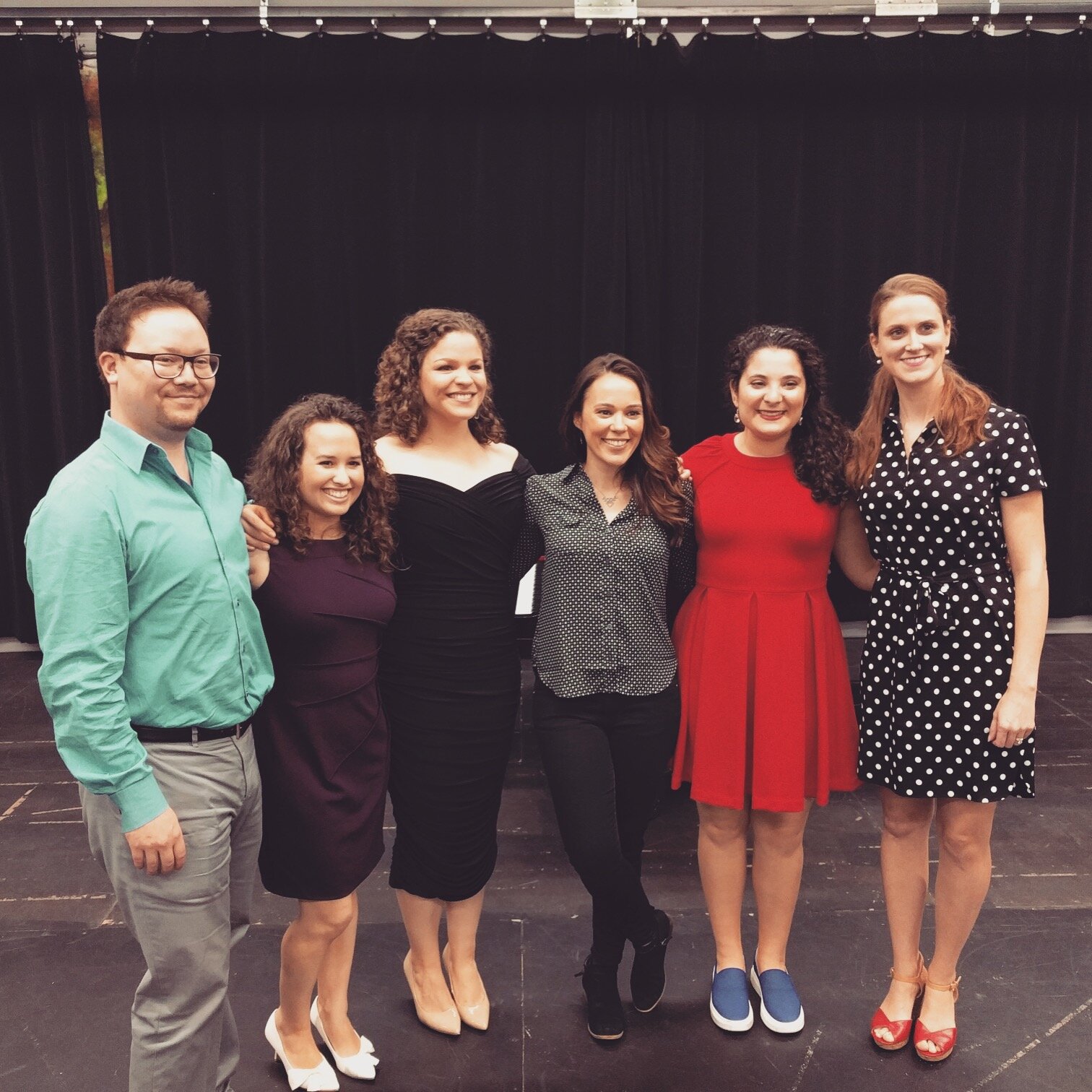My Philosophy on Singing
Performers and teachers have been trying to put vocal technique into words for centuries. It is notoriously difficult to try to explain something using language that is meant to be felt, heard, and practiced in person. I would not presume to be able to write about singing as successfully as some others have done this in the past, however, I think it is important for a student to have an idea of a teacher’s philosophy on singing before beginning a journey with that teacher. I spent countless hours of my youth researching, meeting, and taking trial lessons with teachers just to try to get a general sense of what they believed. My aim is to be as open and clear as possible with any inquiring minds about my own technique and what I believe to be good singing. The following is my best attempt to do so:
Support
Many have said that breath is the foundation of singing. However, when one thinks of breath, immediately an image of air passing in and out of the lungs comes to mind. As a singer, to me, air is my enemy, but support is my friend.
My goal in teaching singers about “support,” is to teach them how to use their body in a way that takes the most amount of pressure off the throat and vocal mechanism. This is accomplished through a strong yet flexible coordination in the lower abdomen that works in tandem with each unique phrase sung. This body coordination must also coincide with using breath as efficiently as possible, so as to never blow excess air through the vocal folds. This allows the purest and most resonant version of the tone to emerge, while never having to push to ascend through the passaggio or to reach a high note.
Open Throat Singing
Once the air travels up from the lungs and towards the vocal mechanism, it must travel out of your body through the most uninhibited path- the path of least resistance. Learning to sing with an open throat is absolutely crucial to maximizing the resonance of any given voice.
Singing with an open throat, means a lowered laryngeal position, a raised position for the soft palate, and a relaxed tongue all working together at the same time. It can be quite overwhelming to think of all of these elements working in unison, however, as a teacher, it is my job to help students accomplish this goal by rethinking their previous approach, reinforcing the fundamentals, and helping them achieve new and healthy vocal patterns and muscle memory.
Style & Musicality
Classical singing and Opera are presented in multiple languages and musical styles. When singing in these various styles, the common goal is to present the text and emotional meaning of a piece clearly to an audience, while also allowing the voice to achieve maximum vocal beauty and resonance. One may think that these two goals do not complement each other, however, I have found throughout my career that they work perfectly together to present an authentic stylistic experience.
Having a strong technical foundation allows the singer to have many tools in their arsenal to be able to convey whatever emotion they so choose. My goal is to help students create their own unique artistic identity, while staying true to the style of the piece, and most importantly, maintaining good vocal production.
This philosophy has been developed over many years of hard work and dedication to the craft of singing. I have had the privilege of performing with and learning from some of the greatest artists and teachers of our time, and for that I am grateful. I hope to be able to pass on what I have learned, and help in developing the next generation of outstanding singers.



